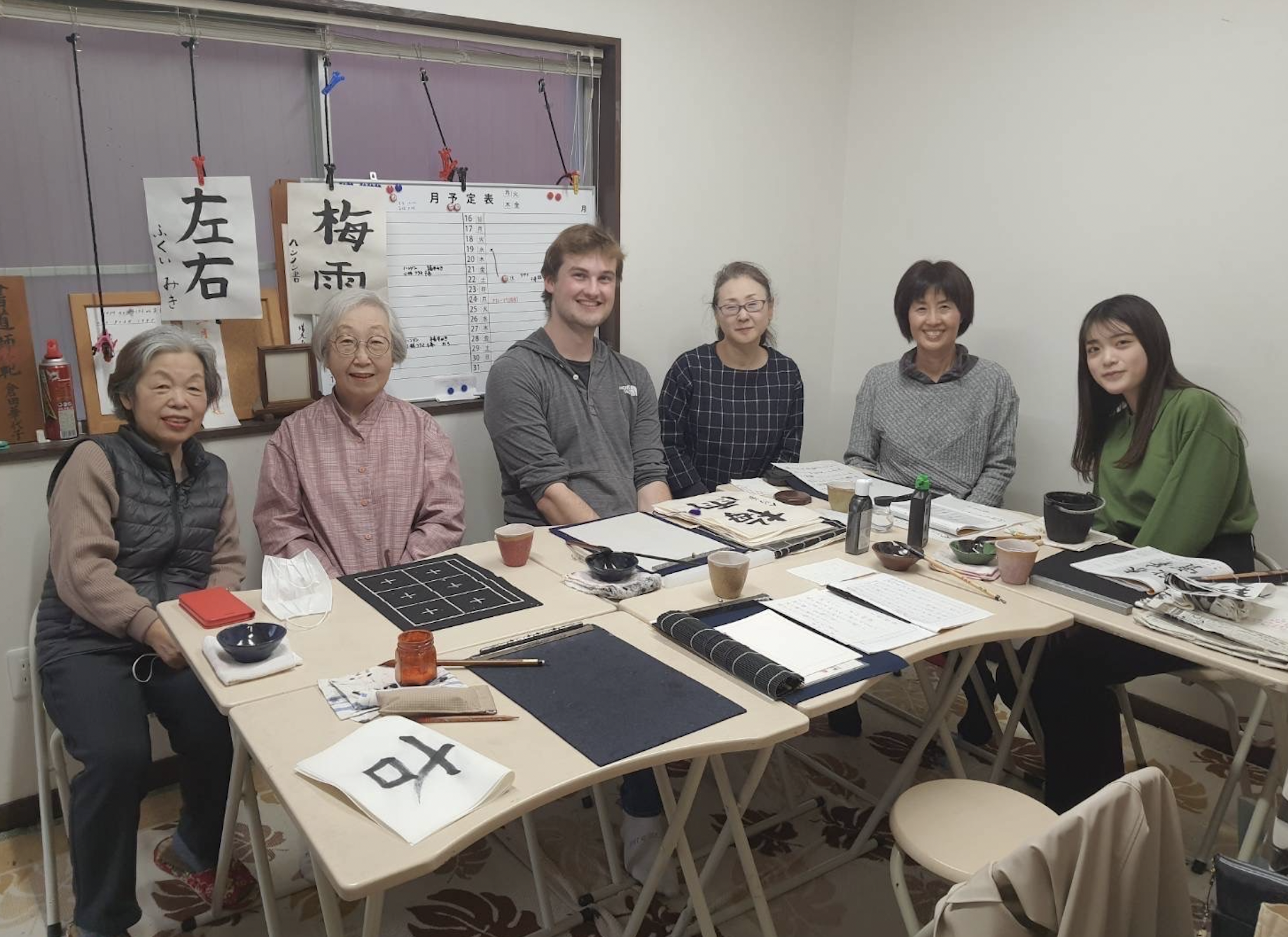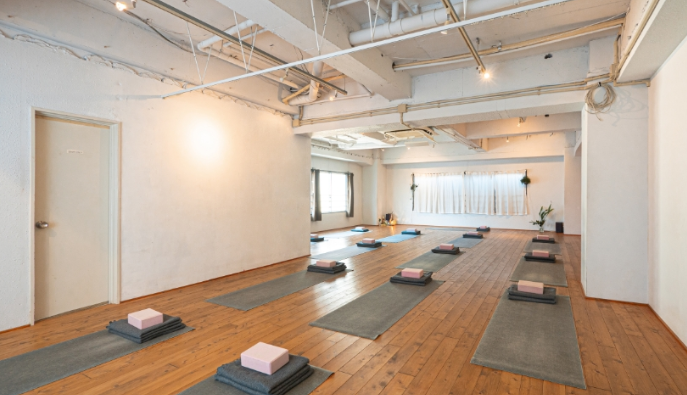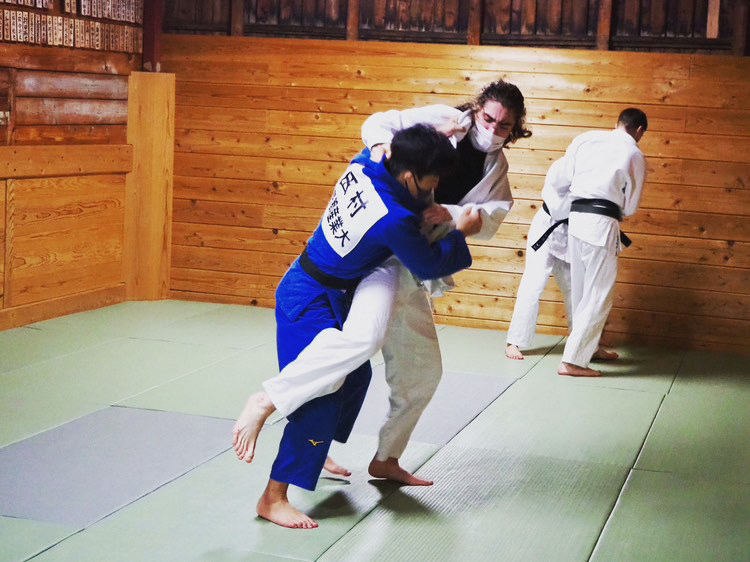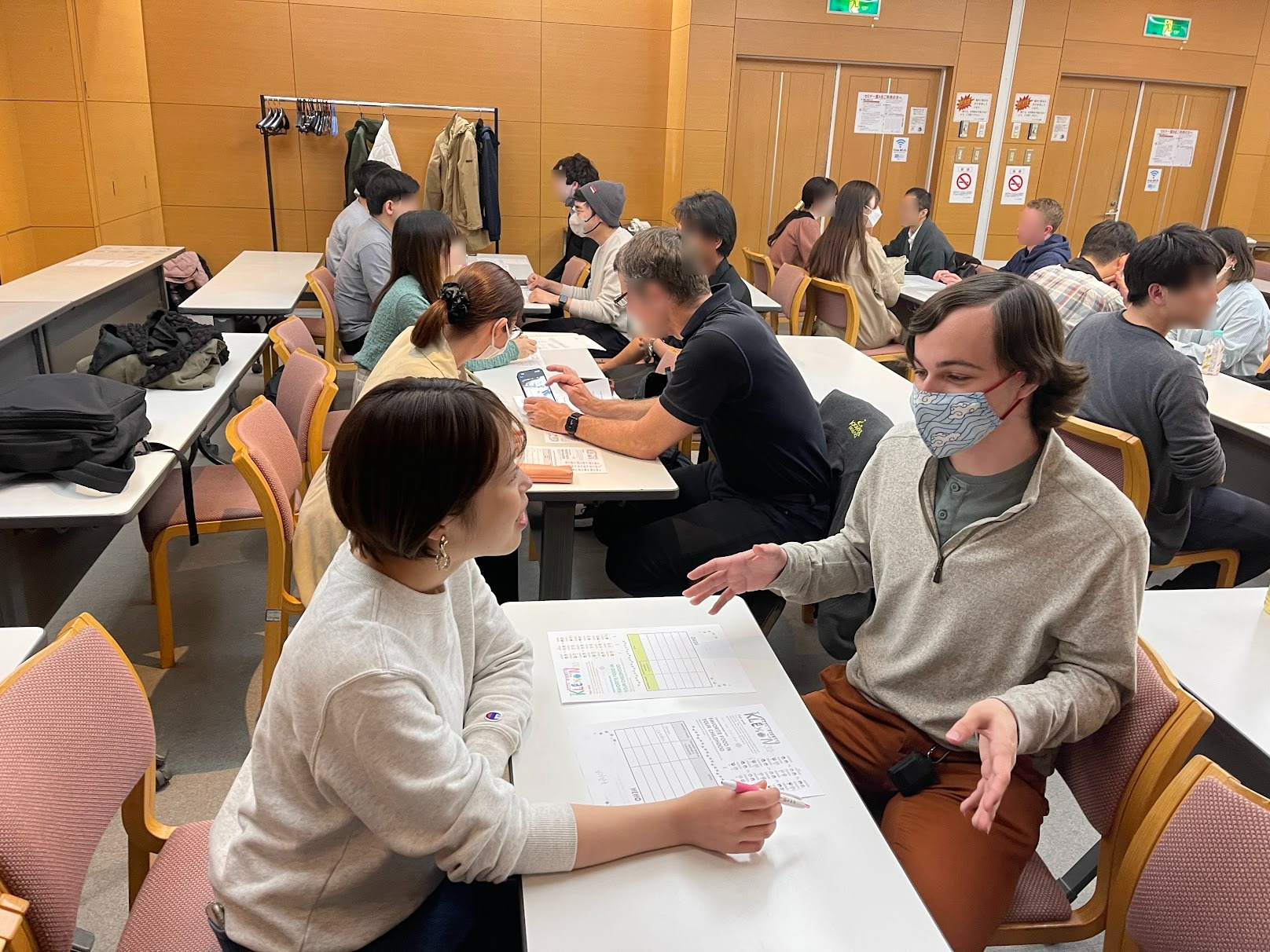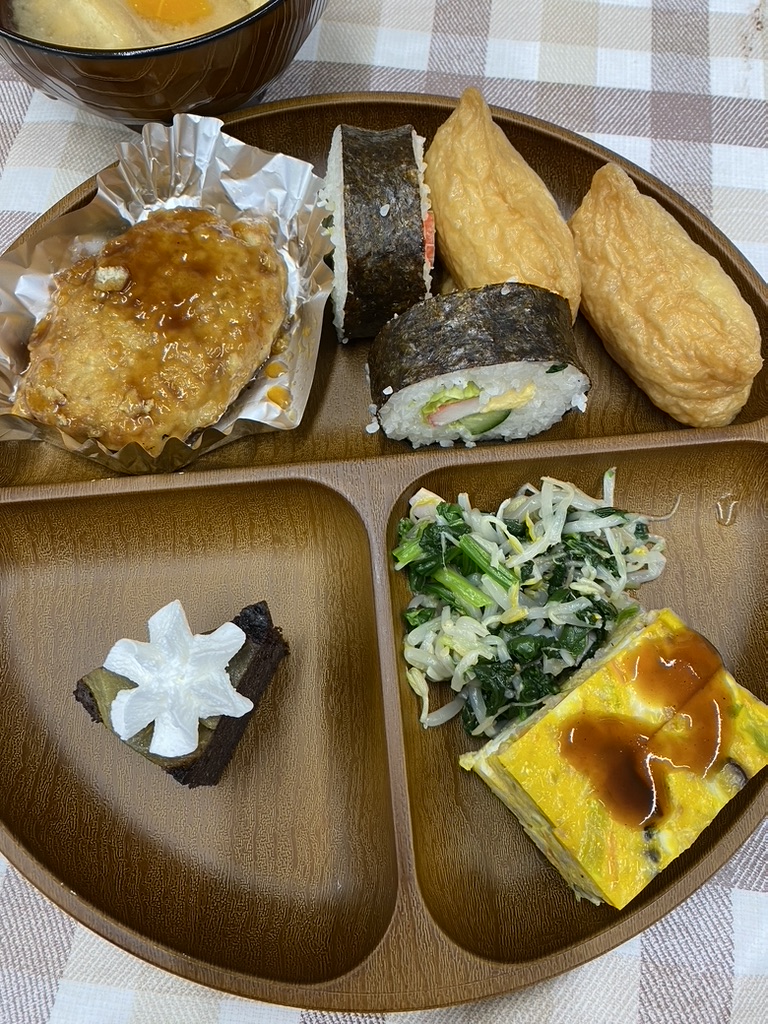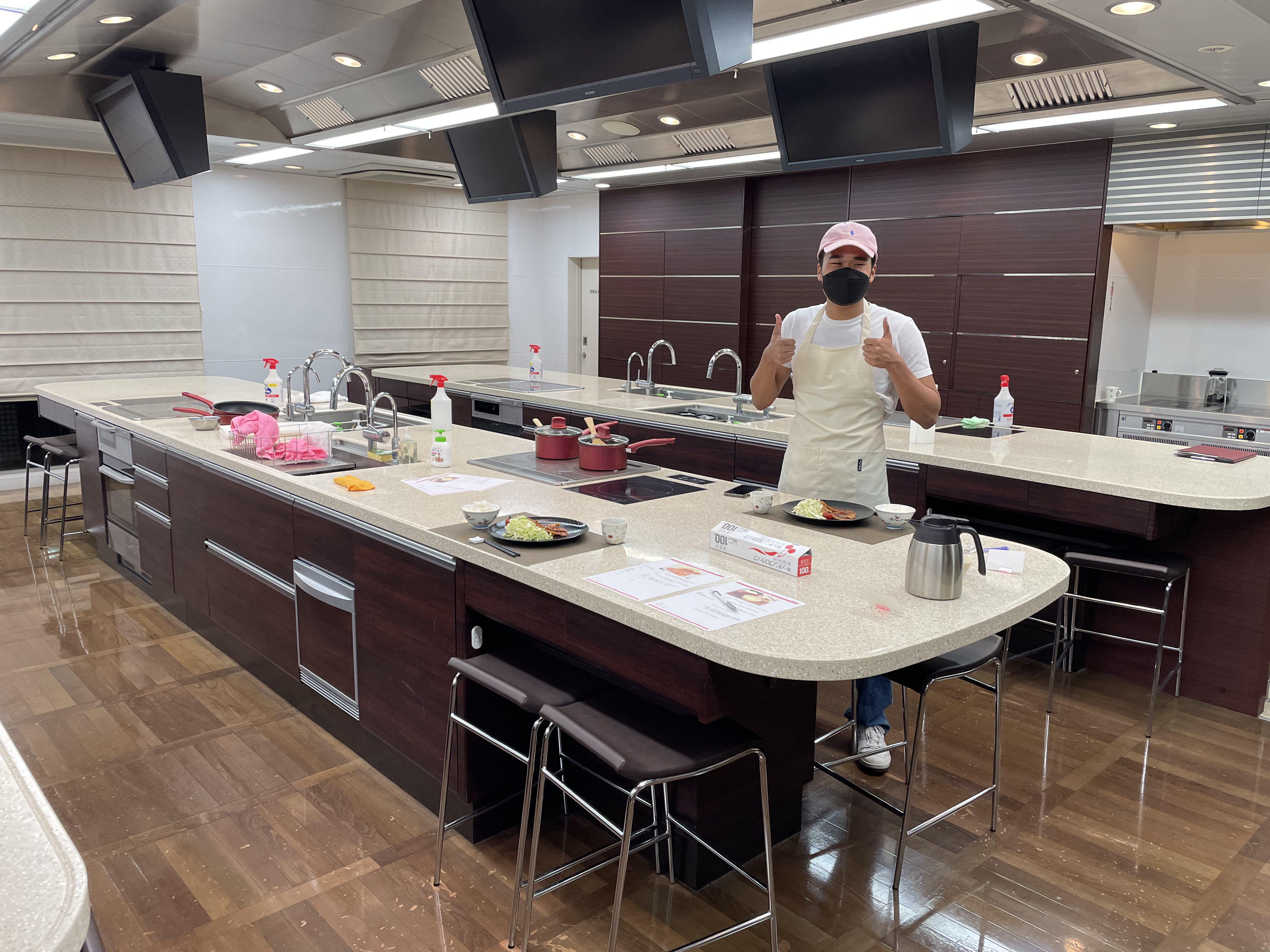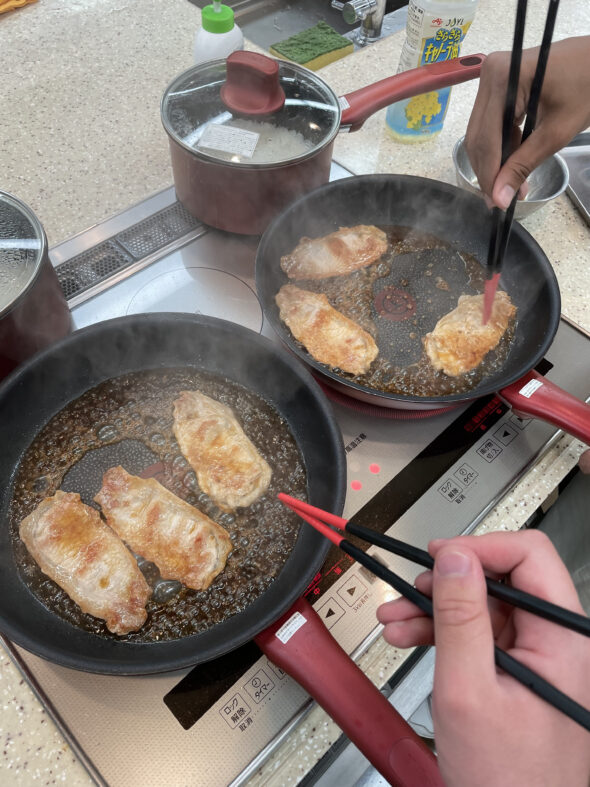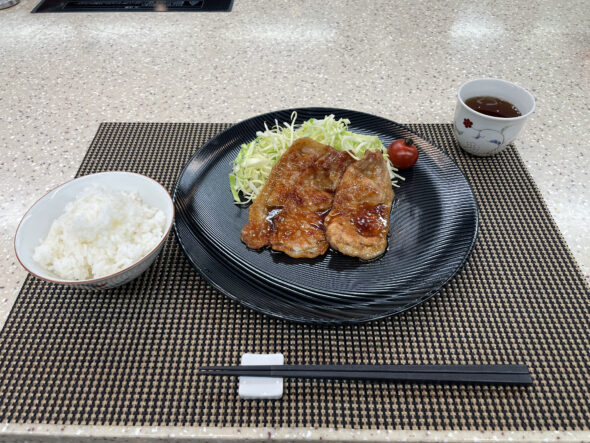For my CIP, I volunteered on a weekly basis at 深草幼稚園, (fukakusa yochien), a kindergarten near Fushimi-Inari. My tasks included playing games, drawing, and otherwise having fun with the kids, as well as preparing Japanese picture books to read and translate into English for them. Aside from just playing with the kids, we also got to teach them many English words, sing English songs, etc. to try and raise their English ability.
I really enjoyed this CIP. The kids are all incredibly cute, extremely nice, and very open. My only worry going into this volunteering program was that it would be difficult to connect with the kids, but that wasn’t true in the slightest. They are extremely excited about your presence, and will happily invite you to play games with them. The kids are very passionate and energetic, which definitely brightened up my days.
If you enjoy working with kids and want the opportunity to see how kindergartens in Japan work, I highly recommend volunteering here! The professors provide an excellent support system and are very clear about the rules. The opportunity to see the kindergartener’s gratitude was a pretty unbeatable feeling, so I’d strongly encourage new KCJS students to apply, even if they haven’t worked with kids before and are just curious!
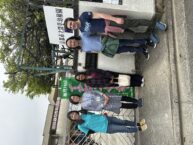
Me and the other volunteers with the Yochien’s Senseis.
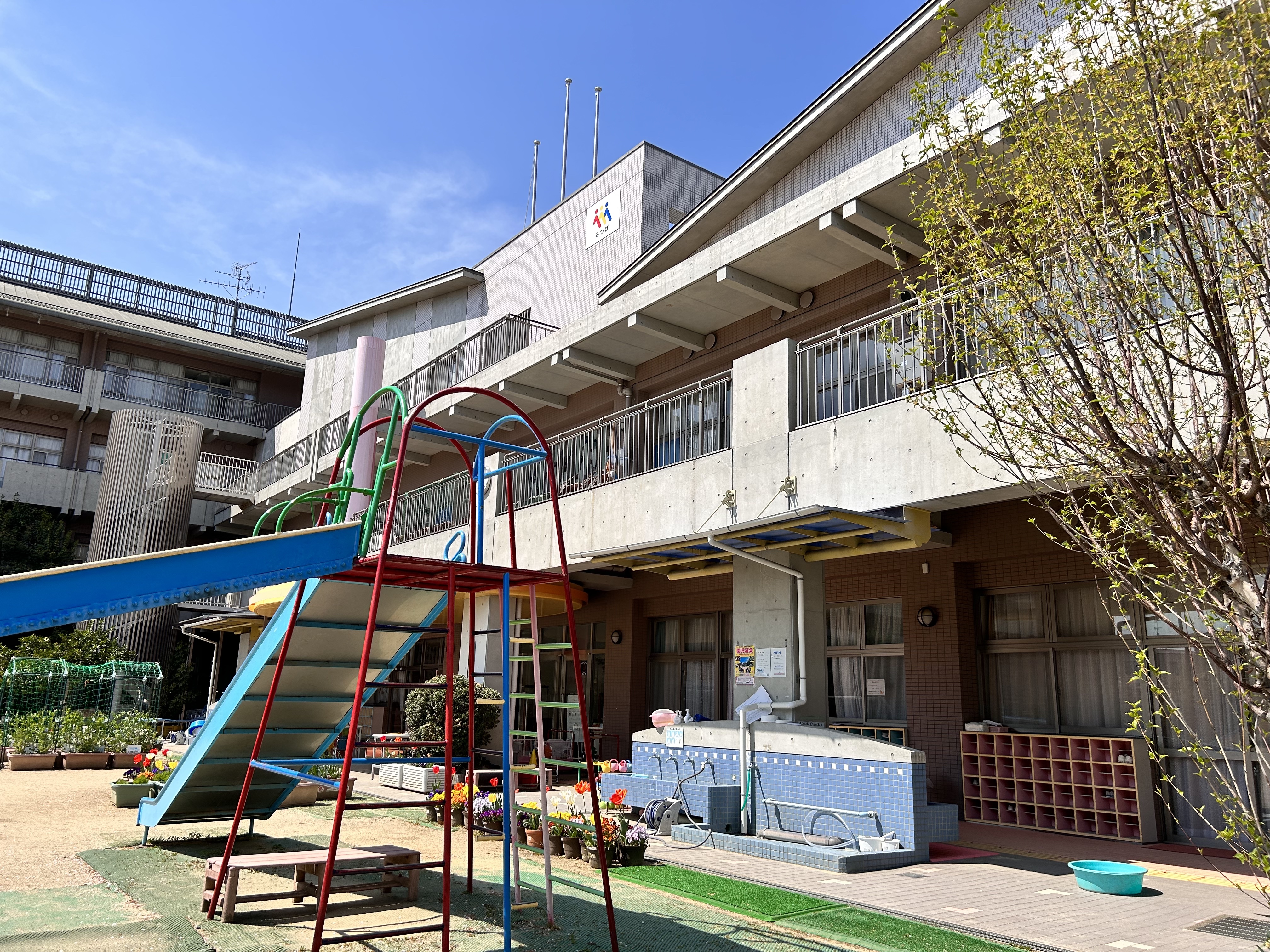 Once a week I went to Mitsuba Kindergarten (separate from elementary school) for three hours in the afternoon for after school activities. As a volunteer I was a supervisor, but my role was mostly to play with the kids. It felt like I was back in kindergarten for a few hours every week, it was a lot of fun. For this CIP be ready for the kids to want to be picked up and always want piggy back rides.
Once a week I went to Mitsuba Kindergarten (separate from elementary school) for three hours in the afternoon for after school activities. As a volunteer I was a supervisor, but my role was mostly to play with the kids. It felt like I was back in kindergarten for a few hours every week, it was a lot of fun. For this CIP be ready for the kids to want to be picked up and always want piggy back rides.
